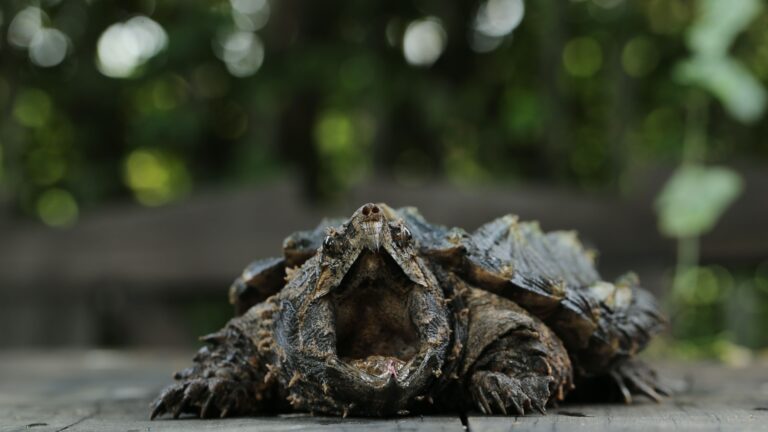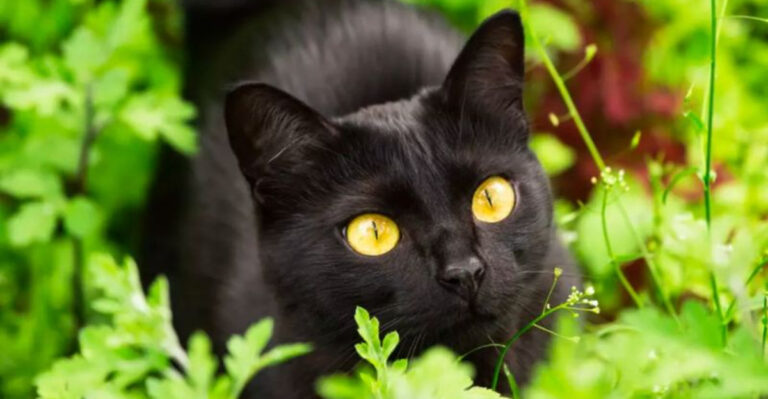Rainbow Creature With Yellow Eyes Discovered In Temporary Pond, It’s A New Species
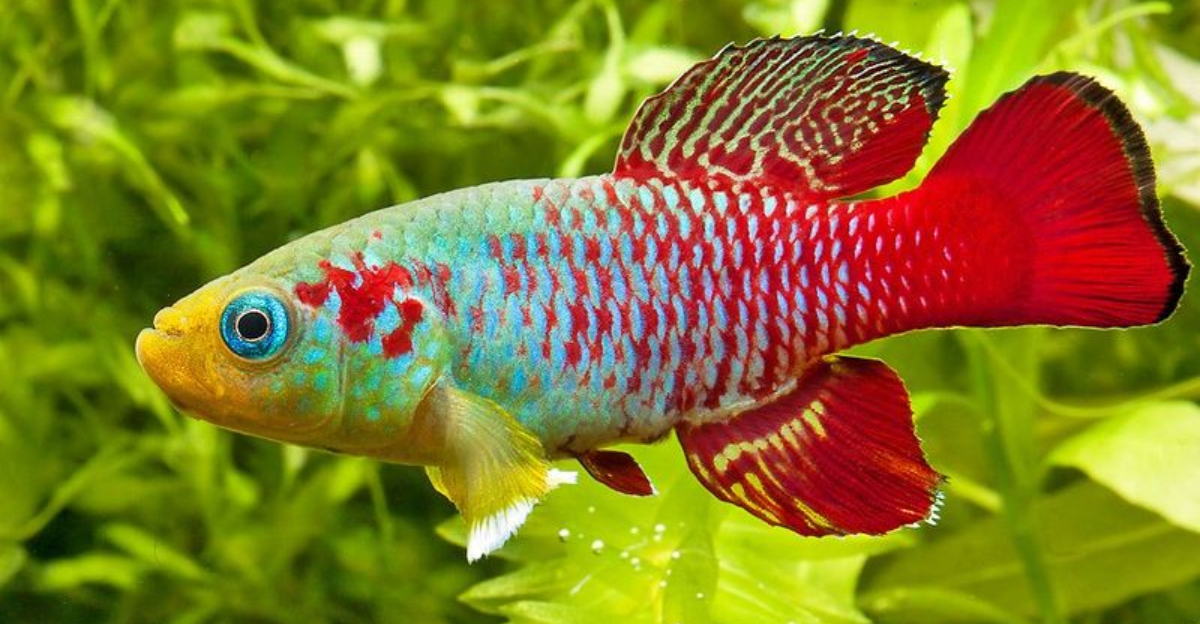
Scientists have made an extraordinary discovery in the Democratic Republic of the Congo – a vibrantly colored killifish with striking yellow eyes. Named Nothobranchius iridescens, this rainbow-hued creature was found in a temporary pond that would eventually dry up completely.
After seven years of dedicated research, biologists confirmed it’s an entirely new species, revealing fascinating adaptations that allow these fish to thrive in their ephemeral wetland homes.
1. A Living Rainbow In Miniature
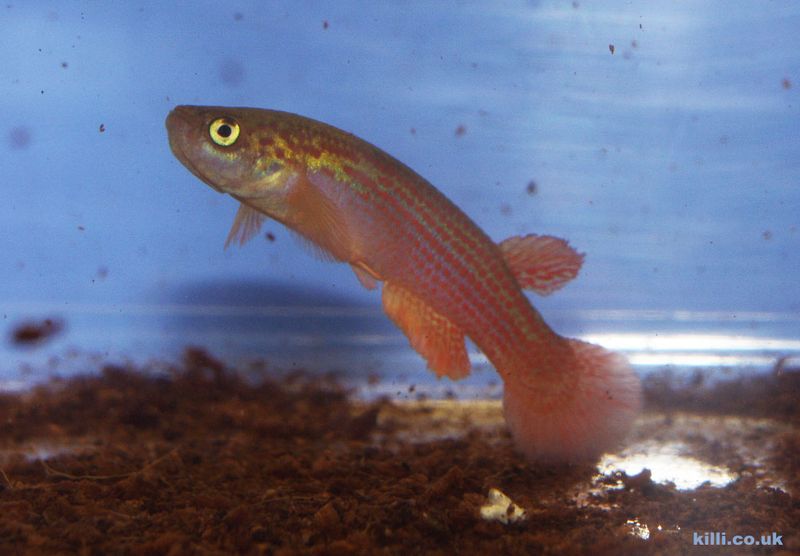
The newly discovered Nothobranchius iridescens dazzles with an explosion of colors that shimmer across its tiny body. Males display the most vibrant hues – electric blues, fiery reds, and golden yellows that create a living rainbow effect under water.
Their large, prominent yellow eyes add to their otherworldly appearance, glowing like tiny beacons in their temporary pond habitat.
2. Discovered In The Nick Of Time
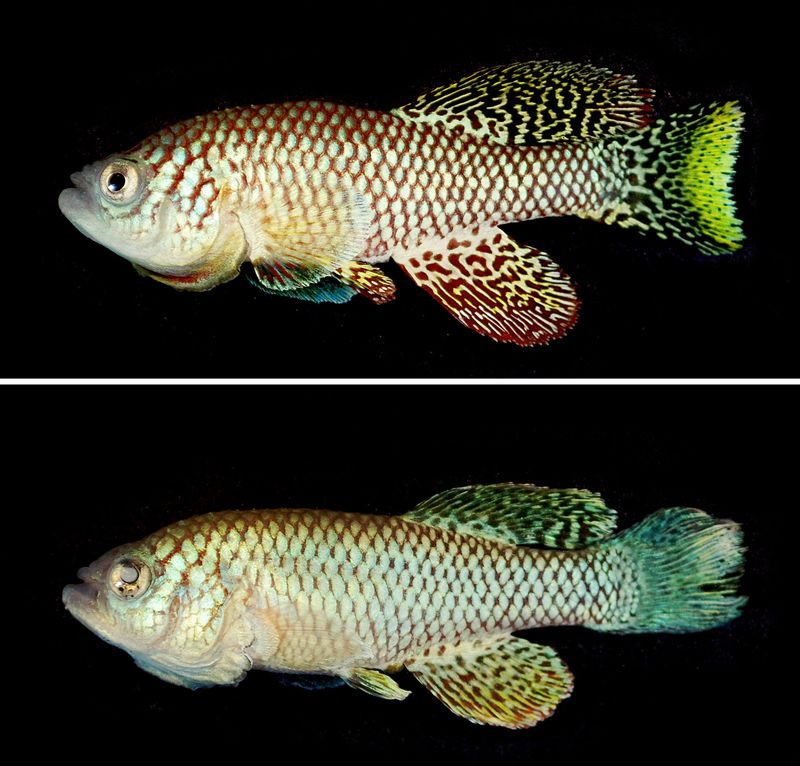
Researchers stumbled upon this new species just weeks before its habitat would have completely dried up. The temporary pond near a Congolese river was already shrinking when Béla Nagy’s team collected specimens during their expedition.
Had they arrived a month later, the entire population would have died off naturally, leaving only eggs buried in the mud until the next rainy season.
3. Masters Of Survival In Vanishing Waters
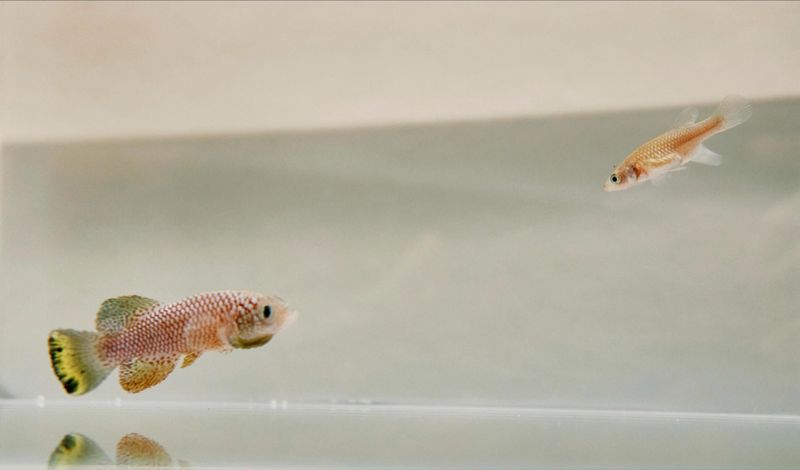
These remarkable fish have evolved an ingenious survival strategy. When their pond homes evaporate during dry seasons, their embryos enter a suspended animation state called diapause.
Protected by a specialized egg casing, they can survive for months or even years in dry soil. Once rains return, the eggs sense water chemistry changes and hatch within hours, ready to restart their species’ lifecycle.
4. Live Fast, Die Young
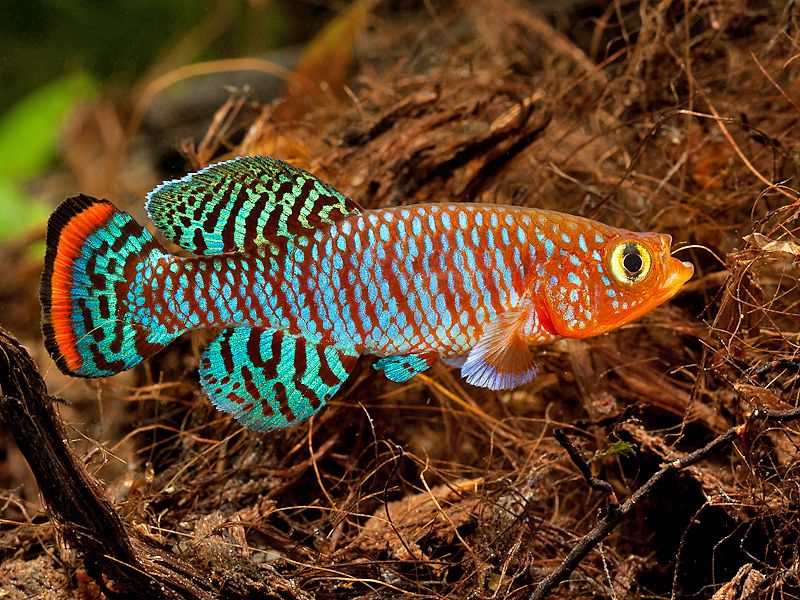
Talk about a fast-paced life! These rainbow killifish reach sexual maturity just two weeks after hatching. Their entire lifespan typically lasts only 3-4 months – among the shortest of any vertebrate animal.
This rapid development allows them to complete their entire lifecycle before their ephemeral pond homes disappear. Nature has programmed them to prioritize reproduction over longevity.
5. A Seven-Year Quest Bears Fruit
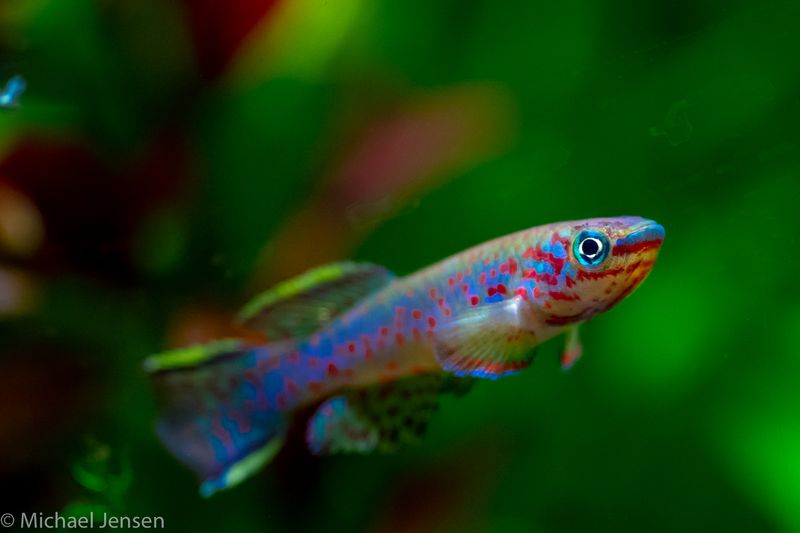
Biologist Béla Nagy didn’t stumble upon this discovery by accident. His team conducted expeditions across southern Africa’s seasonal wetlands for seven consecutive years before finding this particular species.
They endured countless challenges – from impassable roads during rainy seasons to political instability in remote regions. Their persistence finally paid off with this remarkable scientific discovery.
6. Genetic Analysis Confirms The Breakthrough
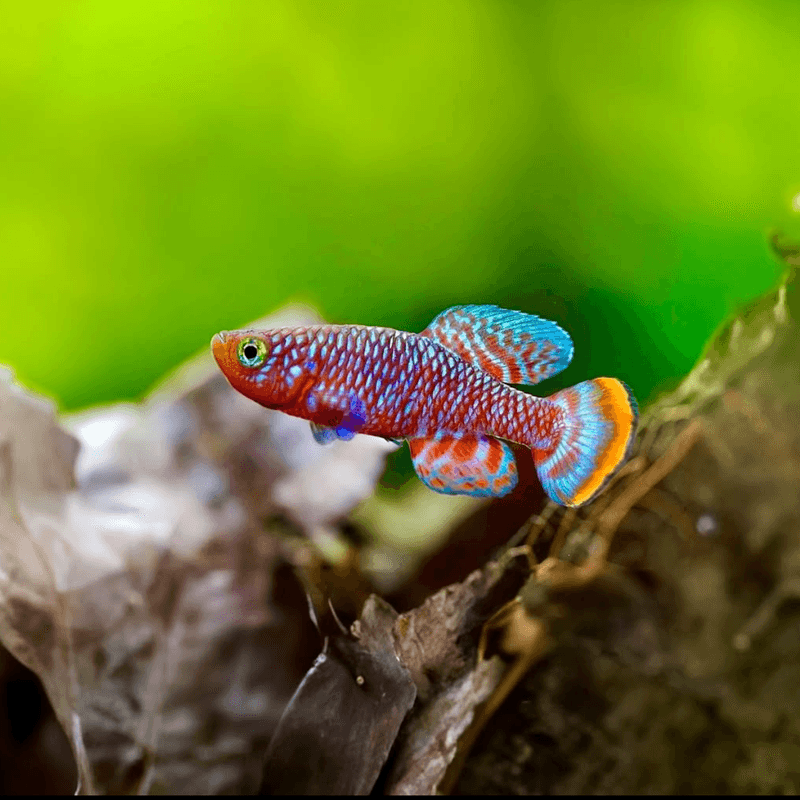
Scientists initially suspected they’d found something special based on the fish’s unique coloration. But appearances can be deceiving in the animal kingdom.
DNA sequencing confirmed their suspicions – this was indeed a previously undocumented species. Genetic analysis revealed distinct differences from all known killifish species, with several unique genetic markers that help these fish thrive in their challenging habitat.
7. Named For Its Dazzling Display
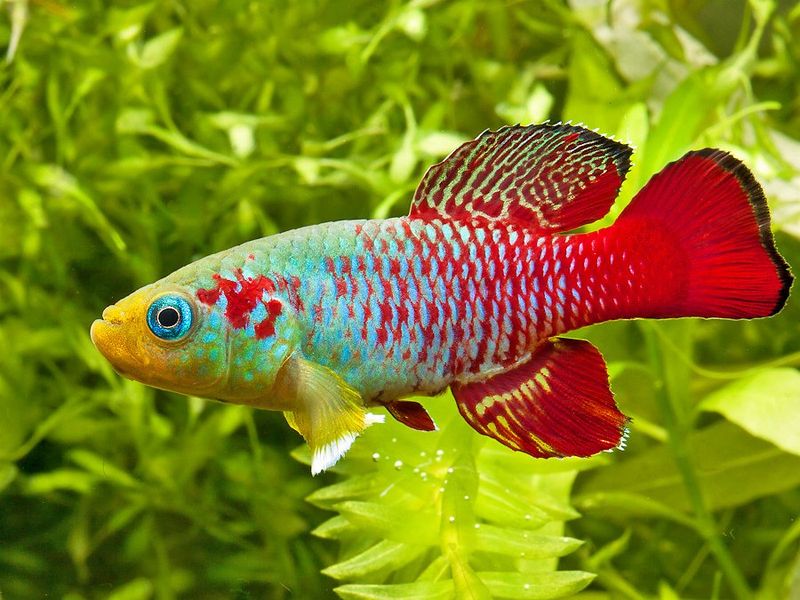
The species name “iridescens” wasn’t chosen randomly. Latin for “rainbow-colored” or “iridescent,” it perfectly captures the fish’s most distinctive feature – scales that seem to change color as light hits them from different angles.
Male specimens particularly showcase this trait during mating displays, when their colors intensify dramatically. Females exhibit more subtle but equally beautiful golden-bronze iridescence.
8. Ecological Significance Beyond Beauty
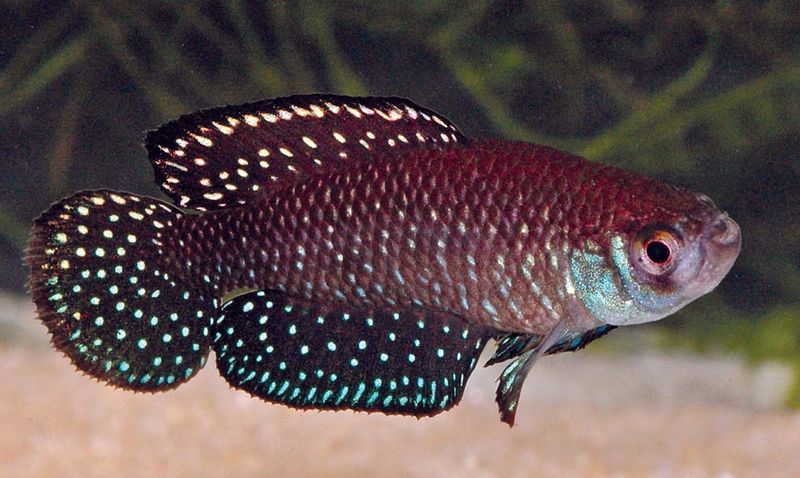
These flashy fish aren’t just pretty faces in their ecosystem. As voracious predators of mosquito larvae, they serve as natural mosquito control in regions plagued by malaria and other insect-borne diseases.
They also provide a crucial food source for migratory birds that depend on these seasonal wetlands. Their eggs sustain soil microorganisms during dry periods, contributing to overall habitat health.
9. A Challenge To Traditional Classification
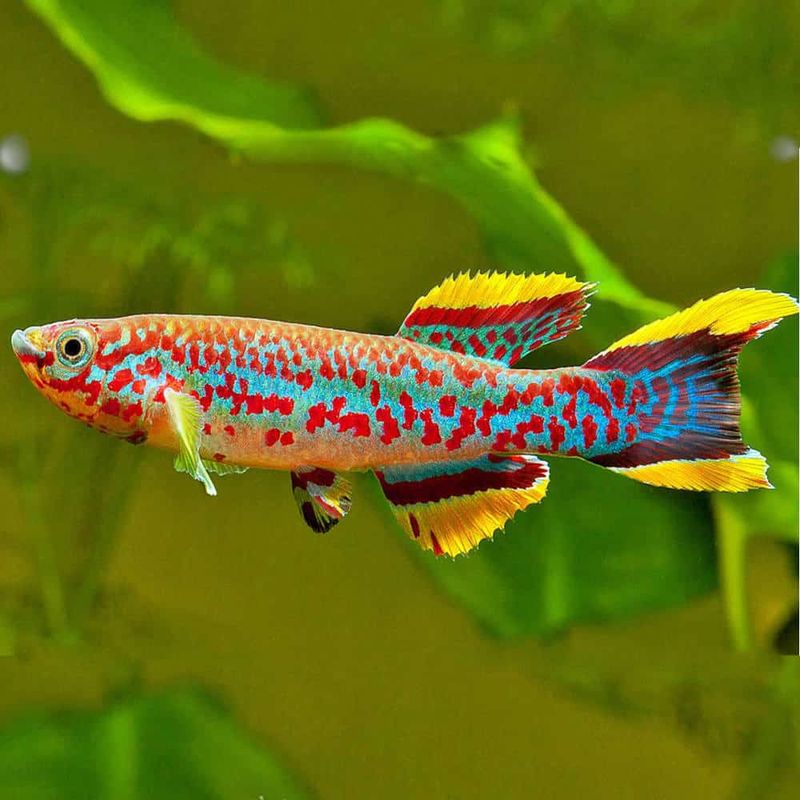
The discovery of N. iridescens has taxonomists buzzing. Its unique combination of features doesn’t neatly fit existing classification frameworks for killifish families.
Some characteristics suggest relation to East African species, while others point to West African lineages. This taxonomic puzzle is forcing scientists to reconsider evolutionary pathways and may lead to reclassification of several related species.
10. Conservation Concerns Emerge
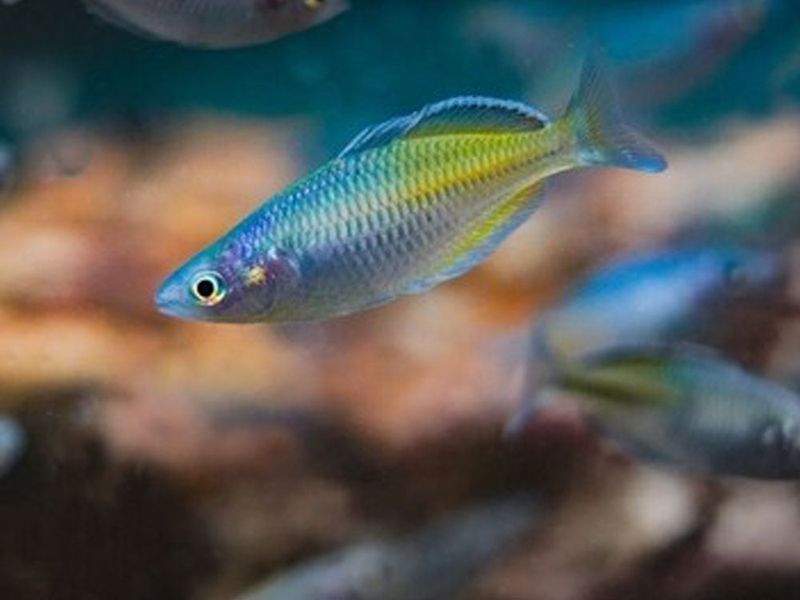
Temporary wetlands receive far less protection than permanent water bodies, leaving these habitats vulnerable to agricultural development and climate change. The discovery highlights the urgent need for conservation strategies specifically designed for ephemeral ecosystems.
Scientists worry that many similar species may disappear before being discovered, as seasonal ponds are often drained for farming or development.
11. Captivating The Aquarium Community
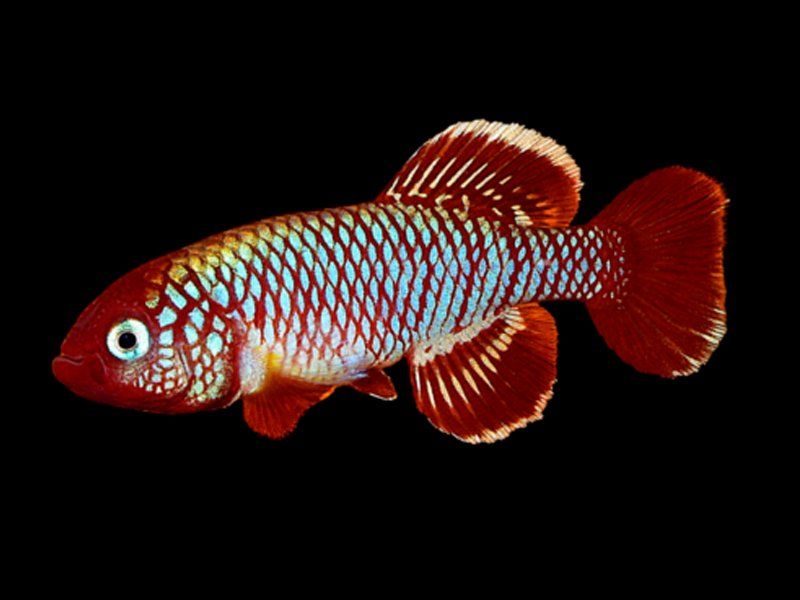
Specialized aquarium enthusiasts have already expressed tremendous interest in this living jewel. Hobbyists who maintain “annual fish” collections are particularly excited about N. iridescens’ vibrant coloration and distinctive yellow eyes.
However, conservation-minded scientists urge caution about collection until sustainable breeding programs are established. Wild populations remain small and vulnerable to overcollection.
12. Unlocking Medical Research Potential
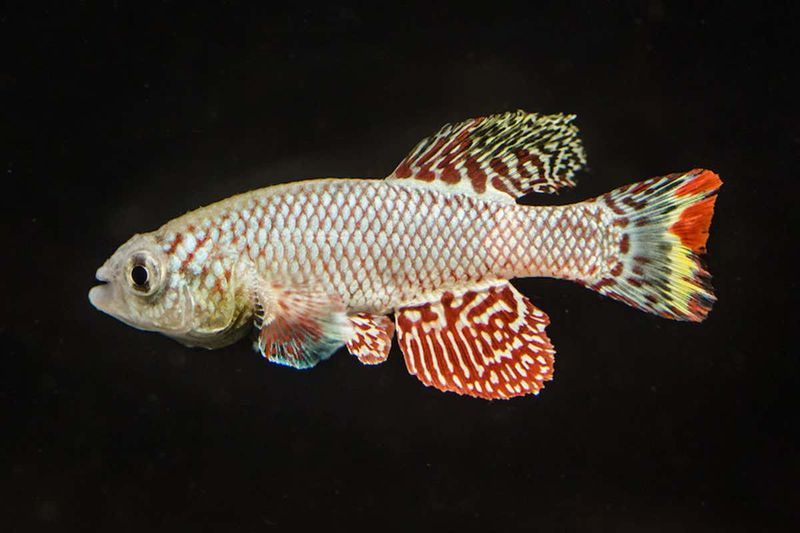
The rainbow killifish’s unique biology has caught the attention of aging researchers. Their compressed lifespan makes them excellent models for studying age-related diseases and cellular aging processes.
Additionally, the embryos’ ability to pause development might provide insights for human organ preservation techniques. Scientists are already exploring compounds from these fish that could revolutionize transplant medicine.
13. More Discoveries Likely Await
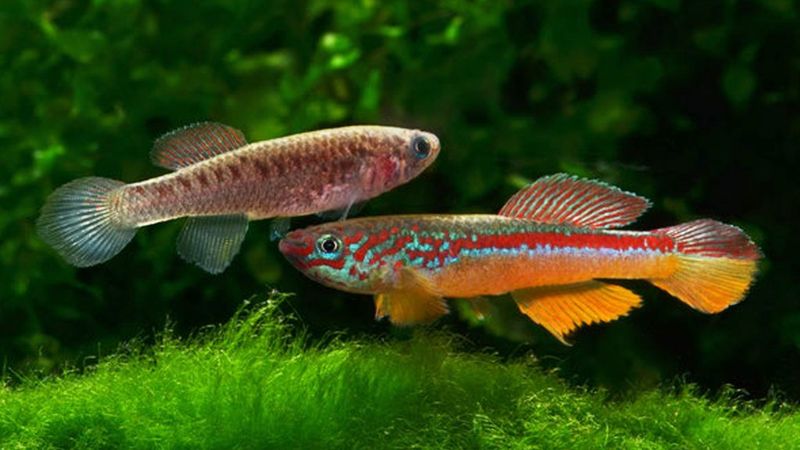
Researchers believe this discovery represents just the tip of the iceberg. The ephemeral wetlands of Central Africa remain largely unexplored by ichthyologists, with countless temporary ponds never surveyed for fish species.
Climate models suggest these habitats are rapidly changing, creating urgency for biodiversity surveys. Similar rainbow-colored species with different adaptations likely await discovery in neighboring regions.

